Running out of pearl barley isn’t the end of your cooking spree.
We’ve all been there, trying to whip up something amazing and realizing – oops – we’re out of an ingredient.
Pearl barley’s unique, but we’ve got the next best things to keep that pot boiling.
Quinoa not only packs a punch in the protein department, it also keeps your dishes hearty and wholesome.
Farro steps in with a chewy texture and nutty flavor, making it a crowd-pleaser in soups and salads.
And rice? Well, it’s the ultimate chameleon, slipping smoothly into any recipe that calls for pearl barley.
We’re here to make sure you keep cooking, experimenting, and enjoying food, no barley required.
The 5 Best Substitutes for Pearl Barley
If you can’t find pearl barley at your local grocery store, or if you’re looking for a healthier alternative, there are several good substitutes.
Here are the five best substitutes for pearl barley:
1 – Farro
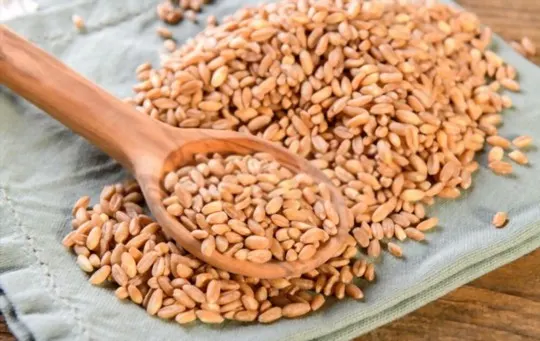
Farro is an ancient grain that has been cultivated for thousands of years.
It is a hearty grain that is packed with nutrients, making it a great addition to any diet.
Farro has a nutty flavor and a chewy texture, making it a versatile ingredient in various dishes.
In addition to being delicious and nutritious food, farro is also highly sustainable.
It requires less water than other grains, and it can be grown in a variety of climates.
As demand for farro continues to increase, it is important to remember the many reasons why this ancient grain is so special.
2 – Quinoa
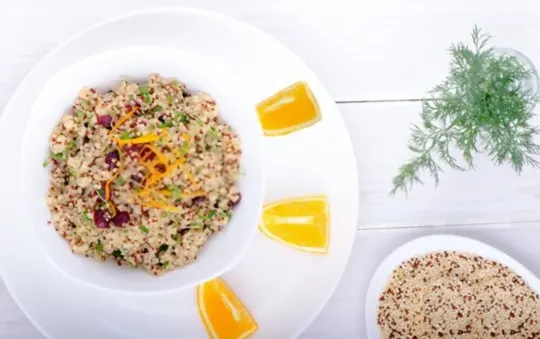
Quinoa has been called a “miracle grain” because of its many health benefits.
This nutrient-rich food is a good source of protein, fiber, and vitamins and can be used in various dishes.
Quinoa is native to the Andean region of South America, where it has been cultivated for thousands of years.
The Incas considered quinoa to be sacred, and it was known as “the mother of all grains.
” Today, quinoa is widely available in supermarkets and health food stores.
It is often used as a healthy alternative to rice or pasta.
Quinoa has a light, fluffy texture and nutty flavor when cooked.
It can be enjoyed on its own or mixed with other ingredients.
Quinoa is a great choice whether you’re looking for a nutritious breakfast or a tasty side dish.
3 – Couscous
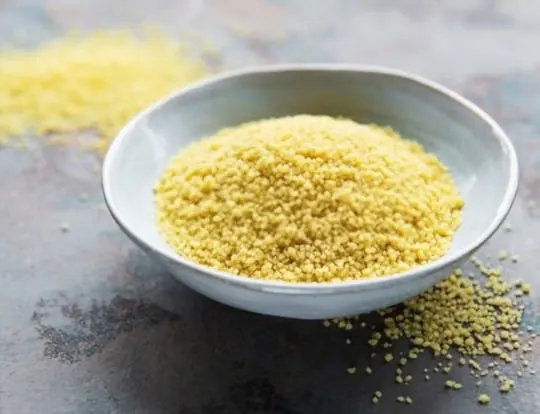
Couscous is a traditional North African dish made from semolina flour.
The flour is moistened with water and then formed into small pellets.
The pellets are then steamed, producing a light and fluffy final product.
Couscous can be served as a side dish or as the foundation for a more hearty meal.
It is often paired with vegetables, meat, or Franch sauces.
For many people, couscous is a key part of their cultural heritage and tradition.
However, it has become increasingly popular due to its versatility and flavor.
Couscous is an excellent option if you’re looking for a quick and easy weeknight meal or a tasty way to add some excitement to your lunchtime routine.
4 – Bulgur Wheat
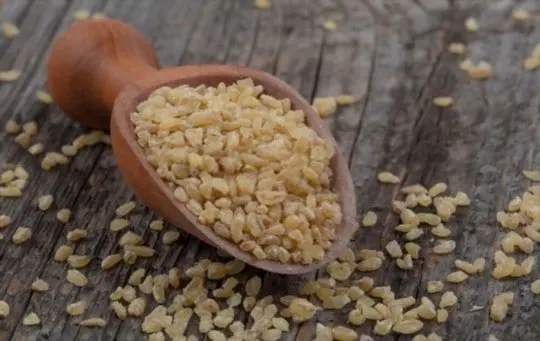
Bulgur wheat is a type of whole grain that is popular in Middle Eastern and Mediterranean cuisine.
It is made by steaming or boiling wheat berries until they are soft, then drying and grinding them into flour.
Bulgur wheat has a nutty flavor and a chewy texture, making it a versatile ingredient for both savory and sweet dishes.
While it is most commonly used in pilafs and salads, bulgur wheat can also be used in desserts, baked goods, and even soups.
Thanks to its health benefits and versatility, bulgur wheat is an increasingly popular grain worldwide.
5 – Brown Rice
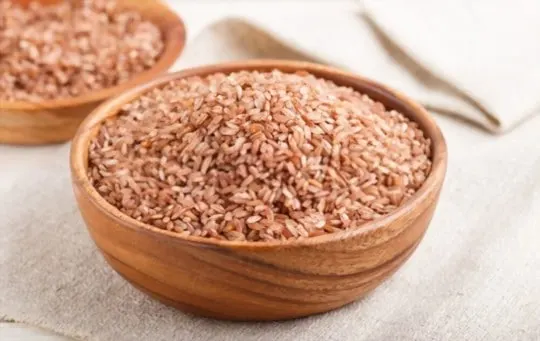
Brown rice is a whole grain that is packed with nutrients and has a variety of health benefits.
Unlike white rice, which is stripped of its outer layer of bran and germ, brown rice retains these important parts of the grain.
As a result, brown rice is a good source of fiber, vitamins, and minerals.
It also has a lower glycemic index than white rice, meaning it won’t cause spikes in blood sugar levels.
In addition to being nutritious, brown rice is also delicious and versatile.
It can be used in everything from stir-fries to desserts.
So if you’re looking for a healthy and delicious way to add whole grains to your diet, look no further than brown rice.

Leave a comment